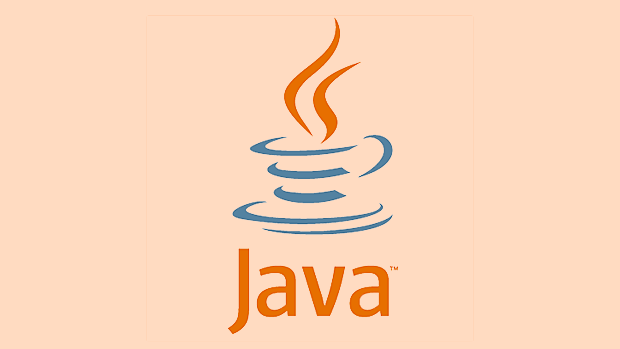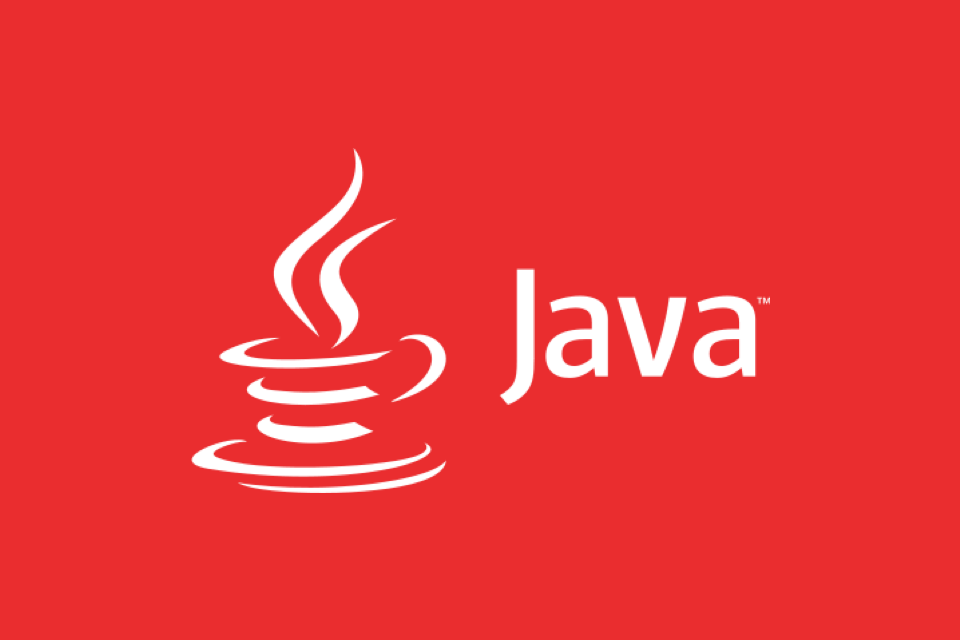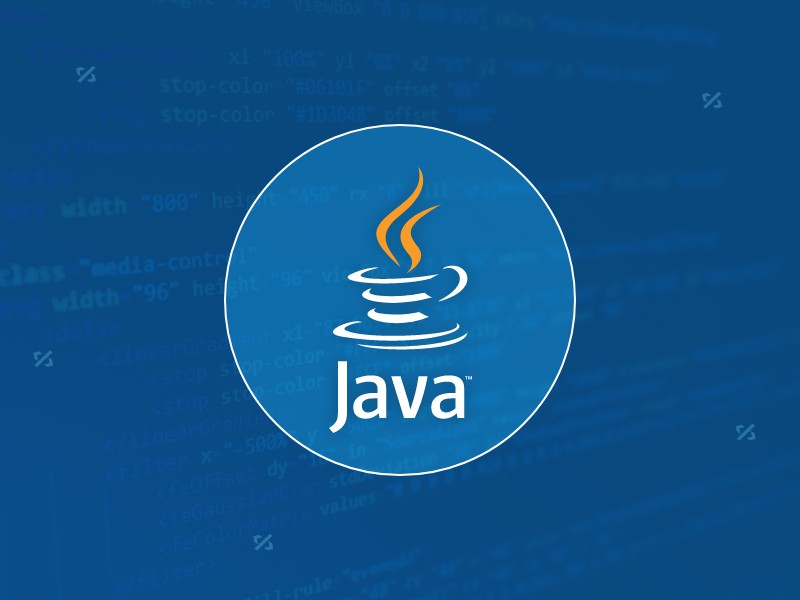The Java reflection mechanism has three major security risks: 1. Break through access control restrictions, read or modify private fields, it is recommended to avoid using reflection on sensitive classes and enable security managers; 2. Abuse of reflection to create instances or execute dangerous methods, which may lead to malicious code execution, whitelist verification and use a sandbox environment; 3. The class loading process may introduce malicious classes, and it is necessary to control the source of the class loader and verify the integrity of the dynamically loaded classes. Reasonable restrictions and reviews can reduce security risks.

While providing strong flexibility, the Java reflection mechanism also brings many safety risks. These security issues are particularly worthy of attention if you are using reflection, especially when dealing with untrusted data or running environments.

1. Break through access control restrictions
Java access modifiers (such as private , protected ) are intended to encapsulate and protect the internal implementation details of the class. But with reflection, you can easily bypass these restrictions, access or even modify private fields or call private methods.

For example: sensitive configuration information in a class is marked private , but if an attacker can construct specific reflective code, he can read or even modify these values, destroying the program's security logic.
suggestion:

- Try to avoid using reflection on sensitive classes or fields.
- If you have to use it, consider enabling Security Manager and setting up appropriate policy files to limit reflection behavior.
- For Java 9, module systems (JPMS) provide stronger packaging capabilities, and proper utilization can enhance security.
2. Abuse of reflection to create instances and execute methods
Reflection can not only access class members, but also dynamically create object instances and call any method, which may be exploited by malicious code in some cases.
for example:
- Attackers can invoke dangerous methods (such as deleting files, executing system commands, etc.) through reflection.
- Malicious operations are performed using constructors or static initialization blocks.
Common phenomena: Many deserialization vulnerabilities (such as the exploit chain in Apache Commons Collections) trigger malicious code execution through reflection mechanisms.
Coping method:
- Avoid exposing the reflective entry to untrusted user input.
- When handling class names and method names passed in externally, do a whitelist verification.
- Run the reflection code using a sandbox environment to restrict its permissions.
3. Security risks during class loading
Reflection is usually used with ClassLoader , and class loading itself is a potential risk point. An attacker can load malicious classes through a custom class loader and execute the code in it with the help of reflection.
For example, some frameworks will dynamically load classes based on configuration. If the configuration items can be tampered with, malicious classes may be introduced. For example, in Spring or other IOC containers, a wrong bean configuration may cause untrusted classes to be loaded.
suggestion:
- Control the source of the class loader, and do not use
URLClassLoaderto load remote classes at will. - Perform signature verification or integrity checks on dynamically loaded classes.
- Don't call
Class.forName()blindly, especially when parameters come from external input.
Overall, Java Reflection is a double-edged sword. It does improve the flexibility and scalability of the program, but it also opens up a gap in security protection. As long as restrictions and reviews are made in key links, they can still be used safely within a controllable range. Basically, these things that need attention are not complicated but are easy to ignore.
The above is the detailed content of Security Concerns When Using Java Reflection. For more information, please follow other related articles on the PHP Chinese website!

Hot AI Tools

Undress AI Tool
Undress images for free

Undresser.AI Undress
AI-powered app for creating realistic nude photos

AI Clothes Remover
Online AI tool for removing clothes from photos.

Clothoff.io
AI clothes remover

Video Face Swap
Swap faces in any video effortlessly with our completely free AI face swap tool!

Hot Article

Hot Tools

Notepad++7.3.1
Easy-to-use and free code editor

SublimeText3 Chinese version
Chinese version, very easy to use

Zend Studio 13.0.1
Powerful PHP integrated development environment

Dreamweaver CS6
Visual web development tools

SublimeText3 Mac version
God-level code editing software (SublimeText3)

Hot Topics
 Difference between HashMap and Hashtable?
Jun 24, 2025 pm 09:41 PM
Difference between HashMap and Hashtable?
Jun 24, 2025 pm 09:41 PM
The difference between HashMap and Hashtable is mainly reflected in thread safety, null value support and performance. 1. In terms of thread safety, Hashtable is thread-safe, and its methods are mostly synchronous methods, while HashMap does not perform synchronization processing, which is not thread-safe; 2. In terms of null value support, HashMap allows one null key and multiple null values, while Hashtable does not allow null keys or values, otherwise a NullPointerException will be thrown; 3. In terms of performance, HashMap is more efficient because there is no synchronization mechanism, and Hashtable has a low locking performance for each operation. It is recommended to use ConcurrentHashMap instead.
 What are static methods in interfaces?
Jun 24, 2025 pm 10:57 PM
What are static methods in interfaces?
Jun 24, 2025 pm 10:57 PM
StaticmethodsininterfaceswereintroducedinJava8toallowutilityfunctionswithintheinterfaceitself.BeforeJava8,suchfunctionsrequiredseparatehelperclasses,leadingtodisorganizedcode.Now,staticmethodsprovidethreekeybenefits:1)theyenableutilitymethodsdirectly
 How does JIT compiler optimize code?
Jun 24, 2025 pm 10:45 PM
How does JIT compiler optimize code?
Jun 24, 2025 pm 10:45 PM
The JIT compiler optimizes code through four methods: method inline, hot spot detection and compilation, type speculation and devirtualization, and redundant operation elimination. 1. Method inline reduces call overhead and inserts frequently called small methods directly into the call; 2. Hot spot detection and high-frequency code execution and centrally optimize it to save resources; 3. Type speculation collects runtime type information to achieve devirtualization calls, improving efficiency; 4. Redundant operations eliminate useless calculations and inspections based on operational data deletion, enhancing performance.
 What is an instance initializer block?
Jun 25, 2025 pm 12:21 PM
What is an instance initializer block?
Jun 25, 2025 pm 12:21 PM
Instance initialization blocks are used in Java to run initialization logic when creating objects, which are executed before the constructor. It is suitable for scenarios where multiple constructors share initialization code, complex field initialization, or anonymous class initialization scenarios. Unlike static initialization blocks, it is executed every time it is instantiated, while static initialization blocks only run once when the class is loaded.
 What is the Factory pattern?
Jun 24, 2025 pm 11:29 PM
What is the Factory pattern?
Jun 24, 2025 pm 11:29 PM
Factory mode is used to encapsulate object creation logic, making the code more flexible, easy to maintain, and loosely coupled. The core answer is: by centrally managing object creation logic, hiding implementation details, and supporting the creation of multiple related objects. The specific description is as follows: the factory mode handes object creation to a special factory class or method for processing, avoiding the use of newClass() directly; it is suitable for scenarios where multiple types of related objects are created, creation logic may change, and implementation details need to be hidden; for example, in the payment processor, Stripe, PayPal and other instances are created through factories; its implementation includes the object returned by the factory class based on input parameters, and all objects realize a common interface; common variants include simple factories, factory methods and abstract factories, which are suitable for different complexities.
 What is the `final` keyword for variables?
Jun 24, 2025 pm 07:29 PM
What is the `final` keyword for variables?
Jun 24, 2025 pm 07:29 PM
InJava,thefinalkeywordpreventsavariable’svaluefrombeingchangedafterassignment,butitsbehaviordiffersforprimitivesandobjectreferences.Forprimitivevariables,finalmakesthevalueconstant,asinfinalintMAX_SPEED=100;wherereassignmentcausesanerror.Forobjectref
 What is type casting?
Jun 24, 2025 pm 11:09 PM
What is type casting?
Jun 24, 2025 pm 11:09 PM
There are two types of conversion: implicit and explicit. 1. Implicit conversion occurs automatically, such as converting int to double; 2. Explicit conversion requires manual operation, such as using (int)myDouble. A case where type conversion is required includes processing user input, mathematical operations, or passing different types of values ??between functions. Issues that need to be noted are: turning floating-point numbers into integers will truncate the fractional part, turning large types into small types may lead to data loss, and some languages ??do not allow direct conversion of specific types. A proper understanding of language conversion rules helps avoid errors.
 What is synchronization?
Jun 24, 2025 pm 08:21 PM
What is synchronization?
Jun 24, 2025 pm 08:21 PM
Synchronizationistheprocessofcoordinatingtwoormorethingstostayaligned,whetherdigitalorphysical.Intechnology,itensuresdataconsistencyacrossdevicesthroughcloudserviceslikeGoogleDriveandiCloud,keepingcontacts,calendarevents,andbookmarksupdated.Outsidete






